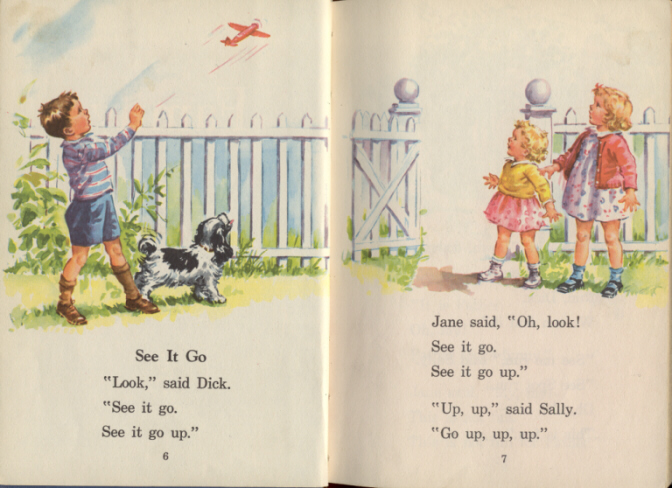When I was in second grade, my teacher, Miss Warner, was perhaps the most beautiful woman I had ever seen. I hadn’t had much experience, of course, in sizing up mature women—certainly no grading system to speak of—but I inherently knew she was a looker. I had no idea how old she was, nor did that matter, and didn’t know or care if she was married. I knew she had no kids because she constantly reminded us that we were her children. Sigh.
What I did know was that she looked exactly like the women in the Sears catalogue—tall, shapely, slender and with high heels and a string of pearls around her neck. Oh, and had a southern accent that daily knocked me off my feet.
I’m not saying that I planned on marrying her or anything, but then again, I’m not saying that I wouldn’t have.
That year at Central Elementary School in Imperial Beach, California, the focus was on reading. And it was at that time that Miss Warner—with her long, brown hair falling alluringly to her shoulders—introduced us to Dick and Jane.
For those of you that did not grow up in the 1950s, these two individuals may be as foreign to you as a Slinky, Play-Doh, and the Magic 8-Ball—all staples of life in my household. But Dick and Jane were at the cornerstone of education when I was beginning to read and they have proven to serve me well throughout my lifetime.
During this period of time, more than 80 per cent of early elementary students in the United States used books based on these characters to learn to read. They were exceedingly simple (“See Dick run. Run Dick run.”) and featured watercolor illustrations that depicted perfect, white, middle-class Americans before that was a concern. I wonder now if my classmates at the time—at least half of which were Spanish-only speaking Mexicans from nearby Tijuana—felt the same.
Before long Dick and Jane’s family grew to include “Mother” and “Father,” a younger sister named “Sally”, their dog “Spot” and the family cat “Puff” along with a toy teddy bear named “Tim.” It was a wonderfully happy family that always got along tremendously and never had issues like the ones facing the rest of the country on a daily basis: poverty, racism, the threat of nuclear war, joblessness, and inflation.
The books also taught American middle-class values to school-aged children. Storylines described the lives and experiences of a stereotypical American well-heeled, white family in their suburban home where Father always wore a suit, worked in an office, mowed the lawn, and washed the car.
Mother stayed at home, of course, did housework, and raised the children. Dick, the oldest of the family’s three children, was active in sports, was popular in the neighborhood, presumably got good grades, and was always well-behaved. Jane, the second oldest child, was pretty, exhibited good hygiene, loved to help mom, and had a fun, carefree spirit. As the big sister, she also helped care for Sally, the baby of the family.
It’s safe to say that Spot never pooped on the carpet and Puff never dragged a mangled sparrow into the living room.
Yes, growing up we all knew what perfection was supposed to look like…it’s just that it didn’t necessarily turn out that way.
The world of Dick and Jane is at the core of a new story that I am currently writing entitled, Pleasant Valley, USA. In this case the perfect little midwestern town is set in northwestern Nebraska. Thom, the father, does indeed wear a suit to his office every day. Mother Maggie dresses immaculately and gets guidance from Miss Tillerton’s Guide for the Modern Woman as any good American housewife would.
Perfect in every way—except for that dark, dangerous secret they are harboring that threatens to ravage them and everyone within their circle. Perhaps even big enough to destroy America as everyone knew it.



